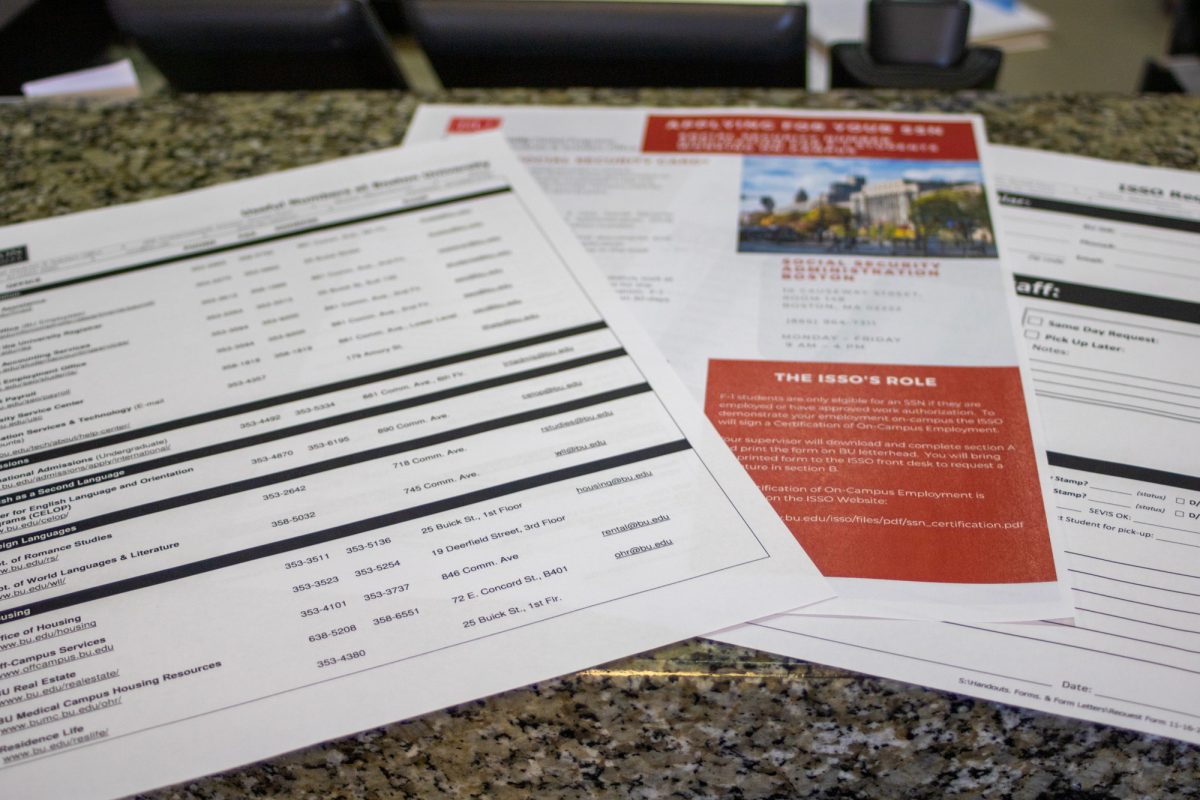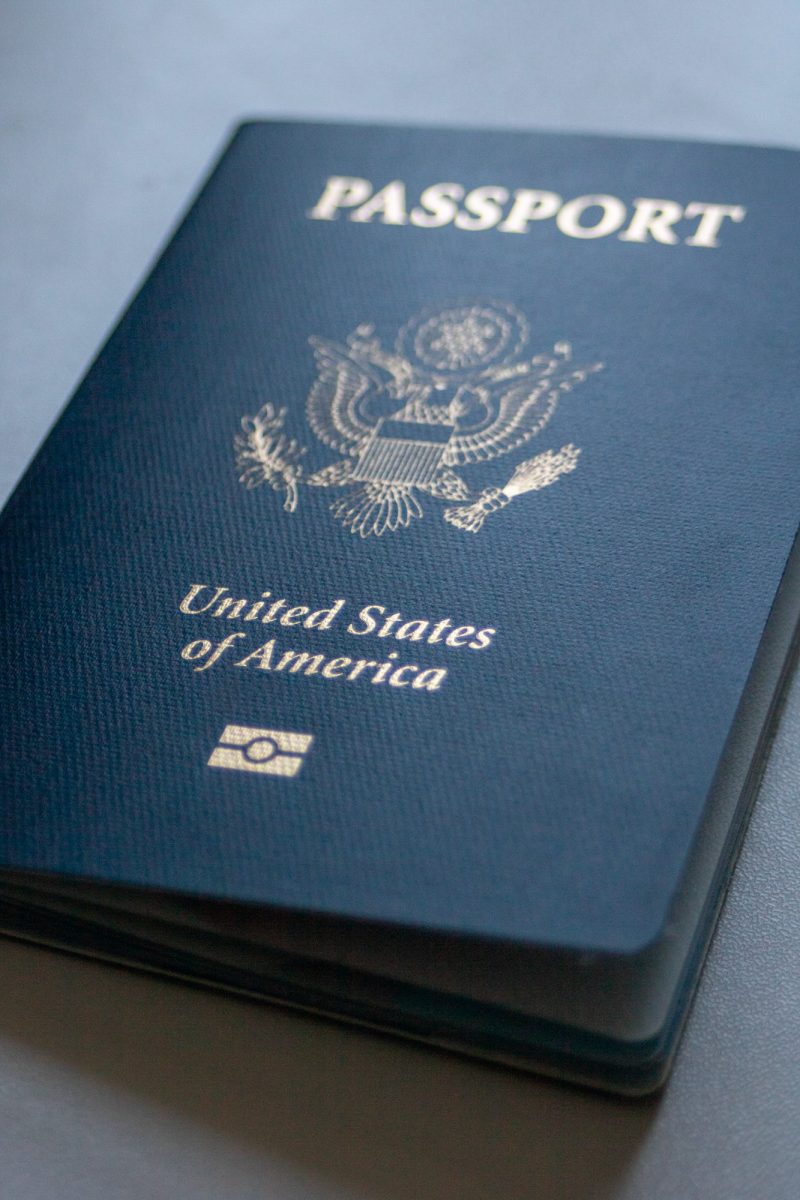I’m going to make a statement that I’m certain each reader will agree with: At some point in our college careers, we have all felt that we have received a grade that is lower than what we deserve. The buzzword is grade “deflation.” The term defines what some may see as the result of the panic surrounding grade inflation. Last Thursday, Boston Globe columnist Alex Beam found grade deflation enough of a phenomenon to focus his column on the alleged deflation that occurs at BU.
In his column, Beam took the formulaic approach of pieces on grade deflation. Quote some students complaining about low grades; quote them worrying about admission into graduate schools; quote Provost Dean Dennis Berkey advocating the need for a more “rigorous” academic curriculum, using loaded terms such as “suasion” and “draconian.”
What’s most interesting is that Beam and others seem to think that this topic has only been a hot one since 2001, when in fact, the history of grade inflation dates back to the 1960s. According to my research, including a 2001 column written by Harvard professor of government Harvey C. Mansfield in The Chronicle of Higher Education, a 1976 Newsweek column written by George F. Will and an email from the director of BU’s print and online journalism program, Professor Jonathan Klarfeld, grade inflation took its roots as a response to the Vietnam War. Many professors did not want male students failing their classes for fear of them being drafted if they were expelled from their colleges.
But what should a grade reflect?
My friends and I have done a substantial amount of ranting and whining on the subject during our college careers. All of you probably have been whining about the same things. No one likes any variation of the letter “C.” Enough said.
Many, though, are mystified by the fact that BU wants to be a university which doesn’t boast an insanely high university-wide GPA. To clarify “insanely” high: It was widely reported in 2001 that Harvard bestowed honors to 91 percent of its graduates. Say it with me, friends: That’s insane.
A university will, however, lose its competitive edge if too many graduates are graduating with honors or with a high GPA. Because here’s the thing – we’re not that smart.
In his Newsweek column published in 1976, George F. Will wrote that 82 percent of Harvard’s graduating class of 1974 graduated cum laude or better. Fast forward 27 years later to 2001, and Harvard is boasting a 9 percent higher honors average. Had Harvard students become 9 percent smarter in those 27 years? Hardly.
If grade inflation is to be truly combated in the way Berkey suggests in Beam’s column, the class rank of a student should stay the same; the student’s numerical GPA would only differ. Graduate, law and medical schools don’t solely base decisions upon our numerical GPA’s – they’re not that dumb. They also take into account our class rank.
I began research for this column with an anti-administration stance on this subject. I realize now, though, that all my anti-grade deflation sentiments were only directed at the unfairness that arises from faculty panic of handing out too many As. Unfortunately, there is a large amount of unfair grading that does occur in response to grade inflation panic.
Many professors who administer objective exams – tests in subjects that often yield definitive correct or incorrect answers – scale down the grades on exams. I’ve had friends who have scored a 93 percent (an A on the 4.0 scale), but have received a B on the exam.
Professors of more subjective material fall prey to the same panic and grade essays, articles, creative stories or projects comparatively. My friend took an advertising class in which her professor physically lined up their final projects from “best” to “worst.” She gave the first three in line As, the next three Bs and so on. My friend got a C. But what if what was lacking from her project didn’t merit a C, but she received one because her professor feared for her tenure and didn’t want to dish out too many As? Conversely, what if the top three projects, while the “best” in the class, did not empirically deserve the equivalent of a 4.0, or 93 to 100 percent?
We are a generation whose egos have been coddled by parents and teachers since birth. The fact remains that we love As like we love cable television. But I still haven’t addressed my previous question: What should a grade reflect? Exams shouldn’t be scaled down to better a professor’s grading records; rubrics should be developed for more subjective material, such as essays and term papers, which tell students which letter grade reflects what was lacking in an essay or creative work. Professors for each section of introductory classes, such as the CAS WR classes, should be held accountable for the same grading standards.
In Beam’s column, Provost Berkey said that the “downward mobility” of half a letter grade should be acceptable. The movement “downward” in grading is not something that is simply acceptable: It’s entirely necessary to return to true interpretation of the 4.0 scale, as Berkey has called for time and again, particularly in the perspective piece he wrote for The Daily Free Press this January (“Berkey addresses inflating concerns about grades,” pg 6, Jan. 12).
In his email, Professor Klarfeld directed me to a quote from the Gilbert and Sullivan satire on egalitarianism, “The Gondoliers”: “When everybody’s somebody, then no one’s anybody.”
Being average is a tough job, but someone’s got to do it.
Allison Keiley, a senior in the College of Communication, is a weekly columnist for The Daily Free Press.













































































































